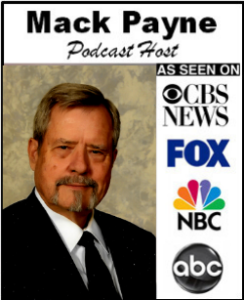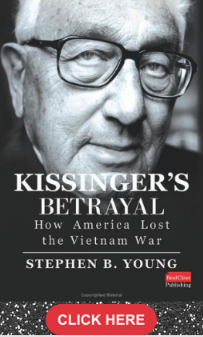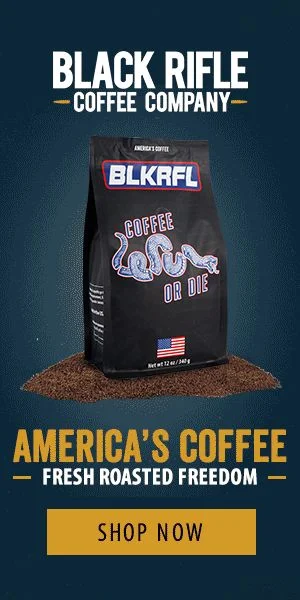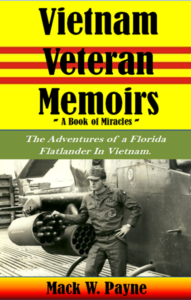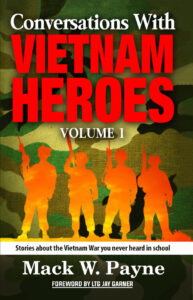Podcast: Play in new window | Download
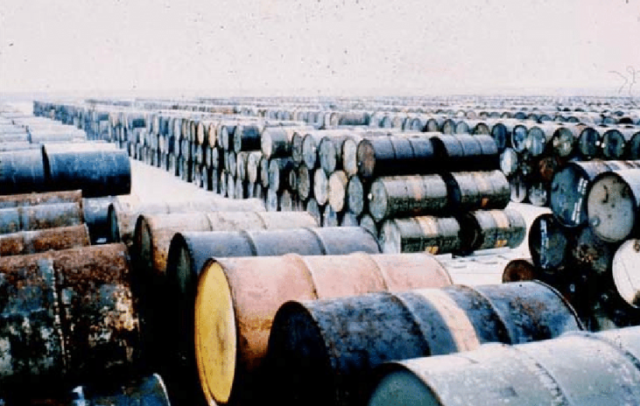
Agent Orange inventory storage at Johnston Island.
Episode 2503 of the Vietnam Veteran News Podcast will feature a portion of a report about the findings of the Merry Band of Retirees in reference to the uses of toxic herbicides by the U.S. in Thailand during the American Vietnam War.
The portion of the report that will be featured next is titled, 2.1. Thailand’s Strong Connection to US Air Force Operation Ranch Hand Resulted in a Steady Supply of Tactical and Commercial Herbicides. It was submitted by Kenneth R. Olson and Larry Cihacek. Olson was a professor in the College of Agricultural, Consumer, and Environmental Sciences, University of Illinois, Urbana, Illinois [krolson@illinois.edu]. He is a US Army Vietnam Era Veteran and professor emeritus of soil science. Cihacek is a professor at the School of Natural Resource Sciences, North Dakota State University, Fargo, North Dakota. He is US Army veteran and professor of soil science.
In this episode, the findings about the relationship with the U.S. and Thailand during the American Vietnam War is featured. It was found that throughout the Vietnam War, Ranch Hand aircraft utilized bases in Thailand. Aircraft used for Ranch Hand, C-123s, launched from Vietnam airbases and on numerous occasions from Thailand airbases, including Udorn and Ubon, to conduct missions against targets in Laos, Cambodia and Vietnam.
Five bases in Thailand, including Nakhon Phanom (NKP), Ubon, Korat, U-Tapao and Udorn endured sniper fire interdiction, perimeter penetration, and sapper (combat engineer) attacks.Nam Phong an eighth Royal Thai Air Force base was used by the United States Marine Corps air operations starting in 1972. The Rules of Engagement (ROE) provided authorization and limits for the employment of herbicides throughout the Southeast Asian conflict.
Listen to episode 2503 and discover more about the findings of the Merry Band of Retirees in reference to the uses of toxic herbicides by the U.S. in Thailand during the American Vietnam War.


